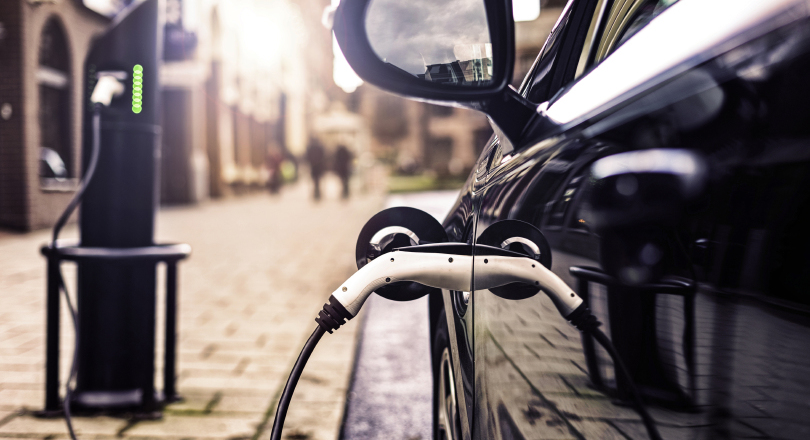Delegates from BT and other telecoms branches joined reps from energy and defence at a breakout session on convergence during Prospect’s national conference in Birmingham in June.
Guest speaker Andrew Roper, director of engineering and investment at Scottish and Southern Energy (SSE), offered an overview of how technological advances are driving fundamental changes to the energy industry and transforming many jobs of the future.
SSE now has its own telecommunications network, SSE Enterprise Telecoms. One of its projects involves working with mobile company 3UK to develop the infrastructure and connections needed to roll out 5G mobile services.
Technological revolution
Roper’s key message was that the technological revolution will fundamentally alter the way we live, work and relate to one another, with our “energy communications and service infrastructure boundaries no longer distinct”.
Key disruptors were driving this change, including predictions of a skills shortage that will mean more women in the workforce and the need for more flexible ways of working.
Digital disruptors will play a huge part, for example:
- blockchain technology, which allows transactions to be recorded without an intermediary and could affect retail businesses and banking
- big data – in electricity networks, that means smart metering data and the ability to combine that with other data, such as weather or topography, to predict present and future needs.
Other significant disruptors are genomics; 3D printing; extended reality; robotics to replace repetitive tasks; artificial intelligence such as in driverless cars; and renewable energy.
Electric vehicles
Electric vehicles are the real driver for changes to the electricity grid, explained Roper. Their number in the UK has doubled from 80,000 to 150,000 in the past two years, and National Grid predicts a rise to nine million by 2030.
Another dramatic change is the reduction in fossil fuels and increase in renewable generation. The intermittence of renewable generation is also creating a need for increased interconnection into Europe.
New opportunities
Technological advances are paving the way for local electricity generation and distribution via lower voltage networks, said Roper.
Examples include vehicle-to-grid technology, which stores excess power in electric vehicle batteries for use by the grid at times of high demand, and unused solar power, which individual customers can also sell back to the grid.
Roper explained that while in the past very little generation was connected at distribution network voltage level, that is now changing. Active smart grid technology can gather vast quantities of data at any given time and communicate it back.
Also on the horizon are new ways for people to buy their electricity – with the likely development of a Google-style aggregator, comparable to the way Uber sells taxi services.
Communication
Crucial in all this is the amount of communications that electricity companies need to cater for the vast increase in the number of devices, said Roper. One problem he highlighted was while mobile phone companies claim to cover 99% of the population, this is mainly in towns and does not extend to difficult-to-reach rural areas.
Lower-cost devices to collect data, comparable to mobile phones, are replacing the complex units of the past, he added.
Sensors that enable objects to connect and exchange data (the internet of things) are becoming cheaper, increasing the ability to collect data without visiting a site.
LIDAR – light detection and ranging – can also provide accurate three-D information without site visits, using drones and satellite. Practical uses include surveying trees close to electricity lines.
Future skills
However, Roper said: “It is not just about the modern technology but how people interact with it. Customers expect service and accurate information and they expect it now.
“We will need people who can give improved customer experience, go the extra mile. Some customers prefer face-to-face contact, but millennials prefer a text message.
“We are becoming more reliant on good information from the field so the soft skills of our craft employees are increasingly important.”
Roper spoke about a “connectivity model” that includes transparency of data and cybersecurity. It needs to understand how customers interact with the network and how that connects all the way up through the grid.
Jobs for the future will not just require craft and engineering skills but also telecommunications, customer service, data analytics, knowledge of how to systemise things, operate systems and forecast future needs.
“We need this mix of the historic knowledge plus the analytical and technical skills of the modern generation.”
Roper concluded: “Our energy communications and service infrastructure boundaries will become less and less distinct as time goes on.
“Therefore the skills we need will become less distinct and more wide-ranging.
“There are opportunities for us as companies, and for individuals, to help systemise and create services that we don’t know yet we need and build the infrastructure for a low carbon world.”

